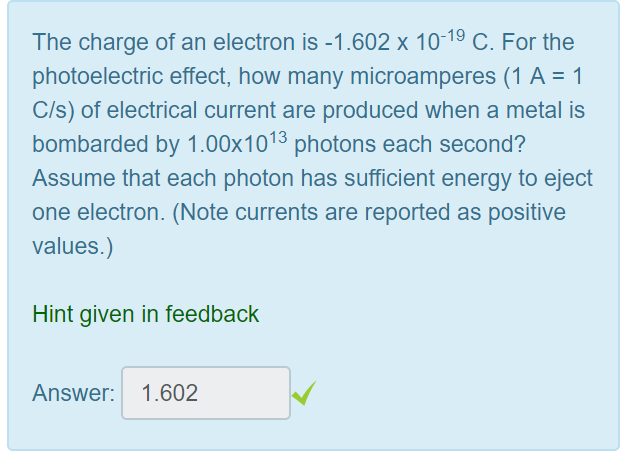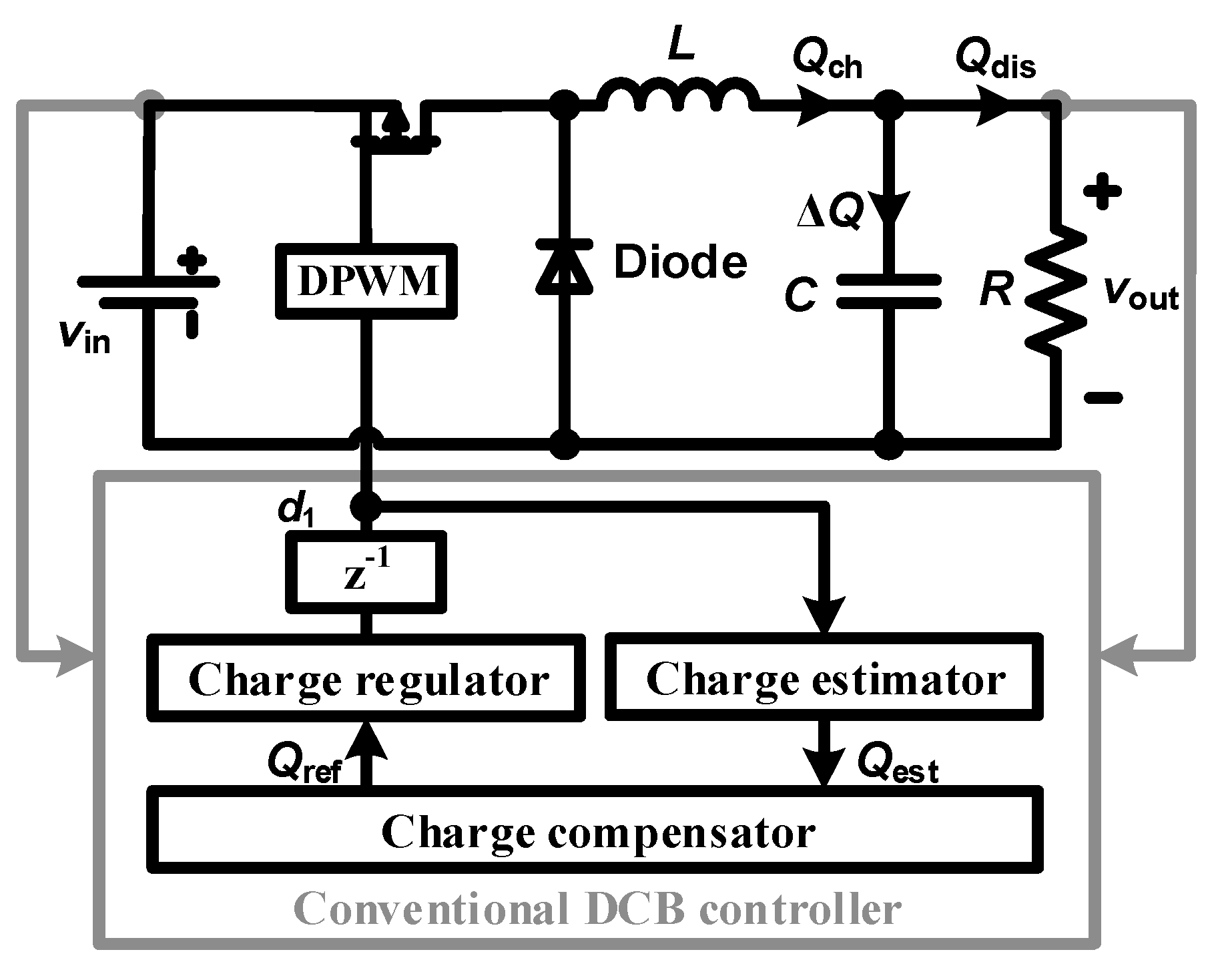
The force between charged particles varies. A representative value can be calculated with the following data. Charge is quantized that is, it exists in discrete packets that are integral multiples of the electronic charge.
DISCRETE CHARGE OF ELECTRON PLUS
Parameters left unspecified default to values for a 12 gauge copper wire carrying 10 amperes.Ĭalculation of the density of free electrons in a metal like copper involves the basic physical data about the metal, plus the fact that copper provides about one free electron per atom to the electrical conduction process. These bound states exhibit discrete charging and, for a significant range of charging energies, strong Coulomb blockade behavior as a function of the chemical. This slow average drift speed for electrons is tiny compared to the average electron speed associated with its internal energy.Ĭalculation note: Any of the properties of the wire can be changed. discrete point charges within dielectrics. The drift velocity is V d = x10^ m/s = cm/hour. If the wire diameter is mm then the area is A = x10^ m 2. The drift velocity of electrons in a copper wire can be calculated from It is the change or "signal" which propagates along wires at essentially the speed of light. Charge carriers in Hall effectĪlthough your light turns on very quickly when you flip the switch, and you find it impossible to flip off the light and get in bed before the room goes dark, the actual drift velocity of electrons through copper wires is very slow. In many substances, electric conduction is not just free electron movement. One way to detect which kind of conduction is taking place is with the Hall effect, which gives a different polarity for the Hall voltage for positive and negative charge carriers. There are significant differences in the way they conduct.

In semiconductors, for example, you sometimes have electrons which are mobile, and sometimes have deficiencies of electrons, called " holes" which are mobile. In other applications of electric current however, the identification of the charge carriers is not so simple. Samples of Teflon and OSR were irradiated with a spectral energy electron source (1 to 100 keV) and the charge blowoff during spontaneous discharge events was. of e, i.e., they can be counted, they appear in discrete lumps and. Debate continues about this practice, but the physical nature of the charge carriers in copper is fairly straightforward. They have electric charges (electrons) that are comparatively free to move inside the. Nevertheless, treatments of electric circuits usually use conventional current, as if positive charges were moving.

HyperPhysics***** Electricity and Magnetismįor electric current in a copper wire, the charge carriers are the mobile electrons and the positively charged copper ions are essentially stationary in the metal lattice. Since electric charge is quantized in discrete multiples of the electron charge, it is instructive to look at electric current as the movement of multiple microscopic charge carriers with a drift velocity in a conductor. Such ultrathin charge blocking layers are proved to be versatile in reducing the dark current for devices with NIR-absorbing NFA.Microscopic View of Electric current Microscopic Electric Current Determine the Concept If two electrons are removed from a carbon atom, it will. As a result, we have demonstrated a P3HT:PC 61BM-based device with a low dark current of 2.5 nA cm −2 and a high detectivity of 10 13 Jones at −1 V bias, which are higher than those of the commercial silicon-based photodiodes. 1 Examples are electrons, ions and holes.

At an optimal Co 3O 4 thickness of 1 nm, the dark current of the Co 3O 4 device is almost 1 order of magnitude lower than that of the PEDOT:PSS device. In physics, a charge carrier is a particle or quasiparticle that is free to move, carrying an electric charge, especially the particles that carry electric charges in electrical conductors. It is found that the highly smooth Co 3O 4 interlayer with a deep valence band of 5.3 eV and a shallow conduction band of 1.6 eV effectively promotes photogenerated charge extraction and suppresses the electron injection under reverse bias, resulting in a significantly improved photodetection performance. Incident light loss and carrier transport loss could be minimized due to the ultrashort transport path. In this work, the atomic-layer-deposition of ultrathin Co 3O 4 anode interlayers which are used as hole transporting/electron blocking layers in organic photodetectors is investigated. Transition-metal oxides are widely used to improve the power conversion efficiencies of organic or perovskite solar cells because their chemical and electronic properties can be tuned to enable charge exchange with a wide variety of semiconductor materials. He stated that the negatively charged electrons occupy discrete energy levels as they rotate about the central atomic nucleus at very high speeds.


 0 kommentar(er)
0 kommentar(er)
